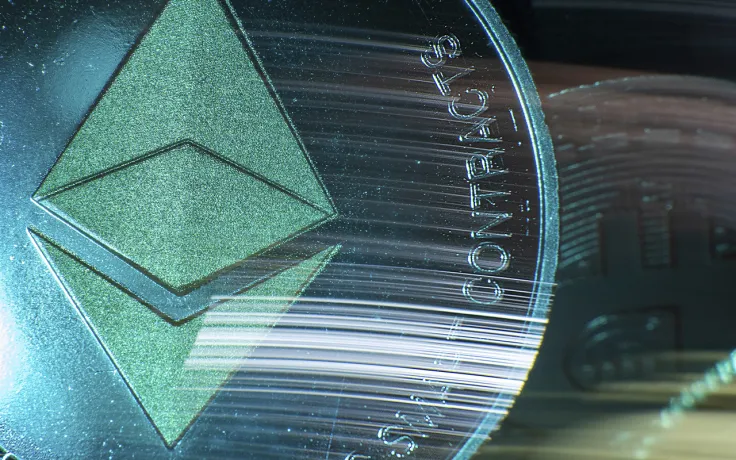
Disclaimer: The opinions expressed by our writers are their own and do not represent the views of U.Today. The financial and market information provided on U.Today is intended for informational purposes only. U.Today is not liable for any financial losses incurred while trading cryptocurrencies. Conduct your own research by contacting financial experts before making any investment decisions. We believe that all content is accurate as of the date of publication, but certain offers mentioned may no longer be available.
In a recent tweet, Ethereum co-founder Vitalik Buterin mentioned a near-future hard fork that could deliver improved scalability to rollups before full sharding is completed.
Some proposals to add "blob-carrying transactions" in a near-future hard fork, bringing higher scalability to rollups before full sharding is complete. https://t.co/oRTSwAC1oD
— vitalik.eth (@VitalikButerin) February 5, 2022
According to JP Morgan's strategists in an early January report, the last phase of sharding, which is critical for scaling the network, may not occur until 2023. It appears that full scaling will take at least a year, meaning that it will take some time.
A recent Ethereum note shared by Tim Beiko, Ethereum developer, notes that transaction fees on Ethereum L1 have been very high for months, and there is a greater urgency to do whatever it takes to help support an ecosystem-wide migration to rollups.
Rollups are thought to be the sole trustless scaling solution for Ethereum in the short and medium term, and maybe in the long term. Although rollups drastically lower fees for many Ethereum users, these prices may appear to the average ETH user to be prohibitively expensive.
Remarkably, Optimism and Arbitrum rollups frequently provide fees that are nearly 3-8 times lower than the Ethereum base layer itself, and ZK rollups, which have better data compression and can avoid including signatures, have fees nearly 40-100 times lower than the base layer.
Buterin claims that plans for a near-future hard fork to introduce "blob-carrying transactions" that would improve rollup scalability are already in the works. By implementing the transaction format that would be used in sharding but not actually sharding those transactions, this EIP would provide a stop-gap solution until the moment at which the transaction format would be utilized in sharding.
This provides rollups with temporary scaling relief by allowing them to scale up to 2 MB per slot, with a separate fee market allowing rates to be kept low while utilization is limited.
Sharding and the long-term solution
Data sharding, which would add almost 16 MB per block of dedicated data space to the chain that rollups may use, has always been Ethereum's long-term solution to the long-term inadequacy of rollups.
Data sharding, on the other hand, will take a long time to finish implementing and distributing.
Sharding has been a concept since Ethereum's inception in 2013, and it is set to be implemented as part of Ethereum's latest proof-of-stake update.
 Dan Burgin
Dan Burgin Vladislav Sopov
Vladislav Sopov U.Today Editorial Team
U.Today Editorial Team